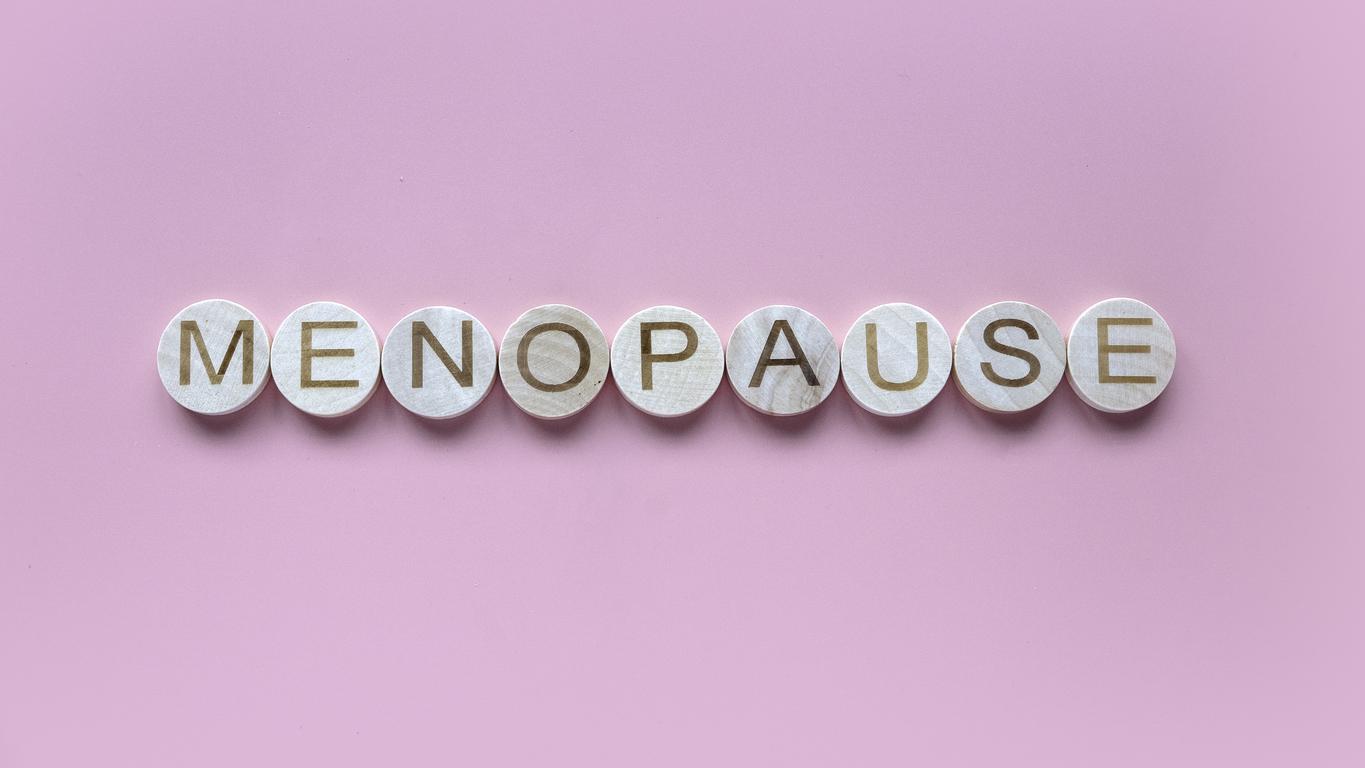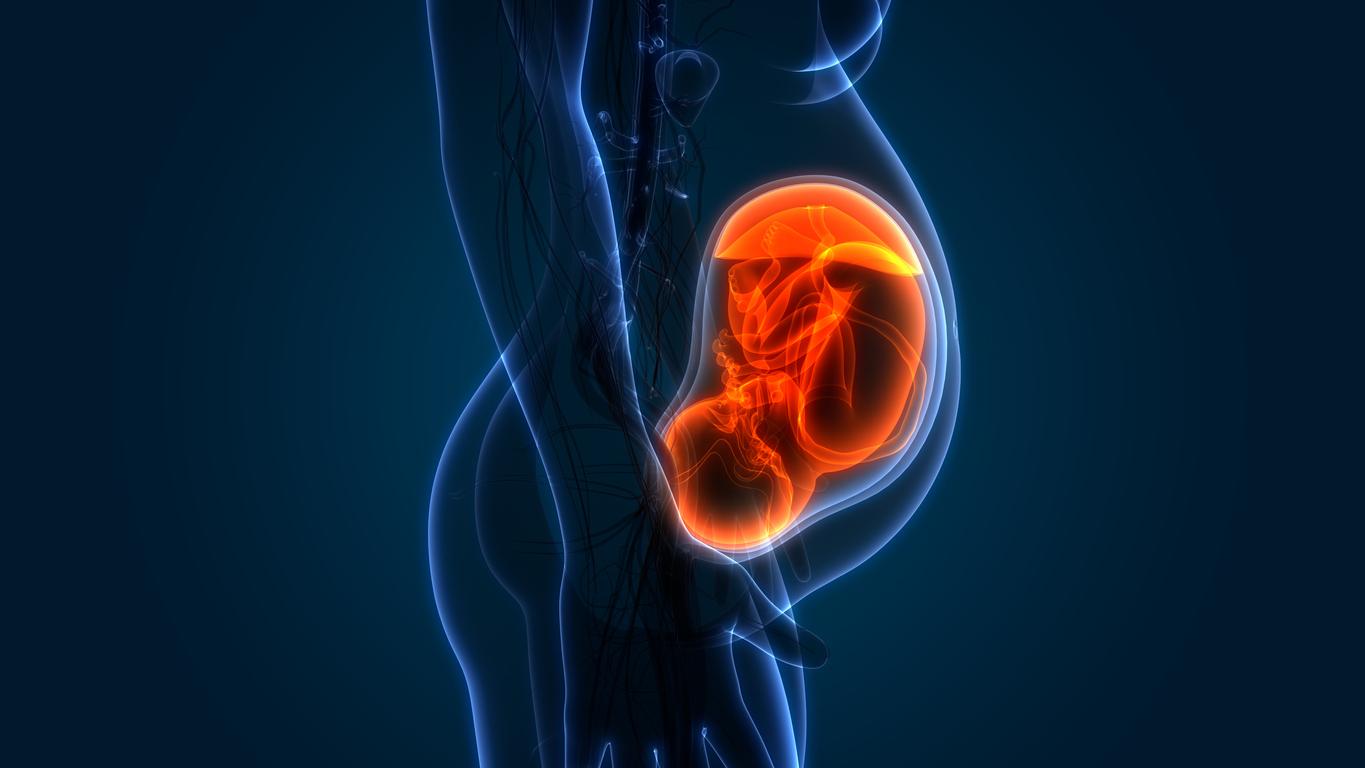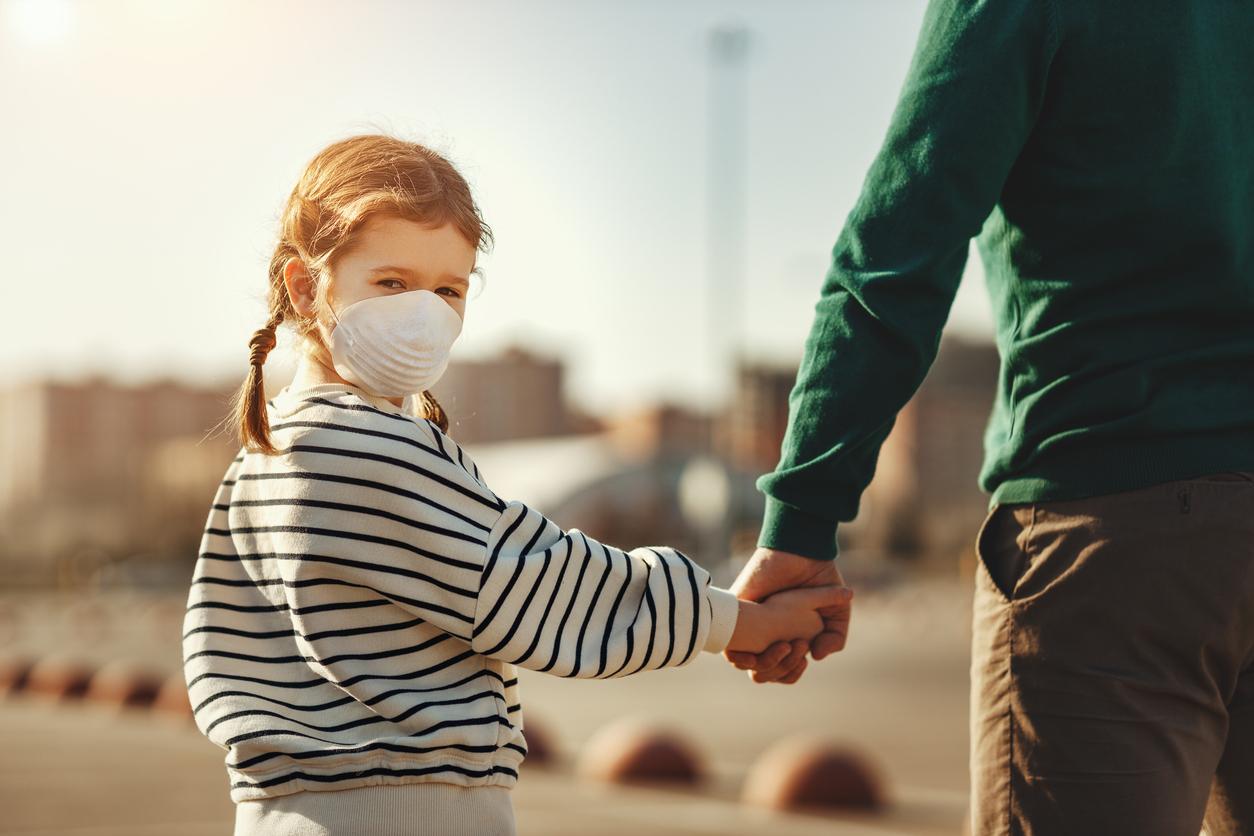Paracetamol consumed during pregnancy does not increase the risk of asthma in the unborn child any more than other painkillers.

A great study indicates that taking paracetamol during pregnancy is not responsible for the increased risk of asthma in children, contrary to what a previous trial had asserted. Good news for pregnant women, who don’t have that many solutions for pain.
“We didn’t know if the use of paracetamol during pregnancy itself caused an increase in asthma, or if another factor was at play. The only way to be sure was to do a trial where the women Pregnant women would be randomly assigned to taking paracetamol or not, but this approach poses obvious ethical problems”, explains the director of the study.
492,999 Swedish mothers and their children
To circumvent this problem, Professor Shaheen and his colleagues analyzed the medical pathways of 492,999 Swedish mothers and their children, focusing on the prescriptions of different types of painkillers during pregnancy and the diagnosis rates of asthma in unborn children.
They found that children born to mothers who were prescribed paracetamol during pregnancy had an increased risk of asthma, but the risk was similar when they were prescribed other types of painkillers, such as codeine and tramadol. For example, the increased risk of asthma at age five was 50% for paracetamol and 42% for codeine.
Prescribing painkillers during pregnancy
Professor Shaheen explains: “These painkillers work in different ways, but our results indicate that when women are prescribed painkillers during pregnancy, the resulting increases in childhood asthma rates are quite similar for all of these types. “of medicine.
Asthma is a chronic disease caused by inflammation of the bronchi which results in their hypersensitivity to different stimuli: cold, virus, tobacco, pollution… Bronchial inflammation leads to “hyperreactivity” of the muscular wall with swelling of the wall. inside the bronchus, hypersecretion of mucus (normally produced in small quantities) and contraction of the muscles of the bronchial wall. In the end, all these phenomena lead to the narrowing of the lumen of the bronchus, even to its obstruction, and to a gene to breathe.
60,000 hospitalizations
Bronchial hyperreactivity is manifested by variable symptoms, most often by wheezing, difficulty breathing, shortness of breath or by cough. In France, about 4 million people suffer from asthma: there are nearly 60,000 hospitalizations (nearly 40,000 in children) and about 1,000 deaths each year. The first seizures generally occur during the first year of life in 10 to 50% of cases, before the fifth year in 65 to 95% of cases, or after 10 years, but this remains rare.

.

















